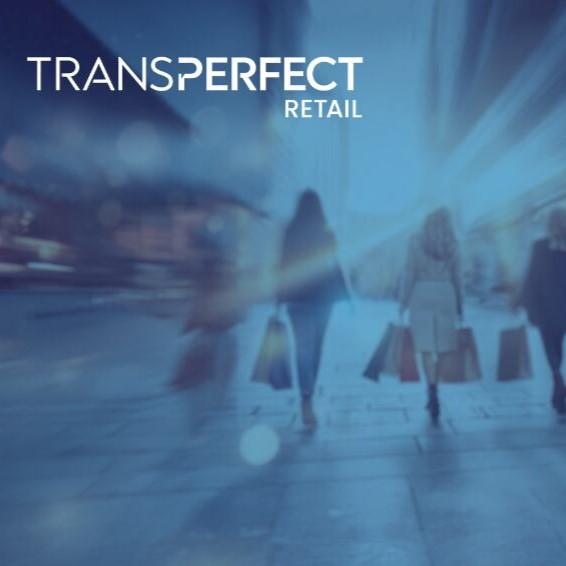Five Ecommerce Strategies in a Post-COVID World


In May 2020, we teamed up with performance branding company WITHIN, who have been monitoring the effects of COVID-19 on ecommerce since the beginning of the pandemic. Using data from a sampling of clients, they have been tracking year-over-year trends in ecommerce revenue, ad spend, and conversion rate relative to the pre-COVID benchmark period. With this data, they have created a COVID-19 Retail Pulse Dashboard which is updated daily, providing a truly unique view of real-time industry changes and developments. CEO Joe Yakuel hosted a webinar to guide us through his team's valuable research and provide insights into the strategies retailers should be focusing on during this time. Here are the five key takeaways from the session.
1. Be more contextual.
Online furniture and homeware store Wayfair created a banner promoting e-cards for Mother’s Day gifts. This might not necessarily have been a focus for the company had Mother’s Day not fallen during a worldwide lockdown. Identify the different ways you can make your customers’ lives easier depending on what’s happening in the world at a specific time (working from home, unable to go and see loved ones) and serve them ideas and promotions straight up.
2. Give as much information as possible.
This is another area that Wayfair excels in. On the product page, not only do they highlight free shipping and pull the user’s zip code, they also provide a delivery window. So many people are nervous that products won’t ship or warehouses aren’t open. If products are in stock, retailers should focus on providing consumers with as much information as possible to assure them that their purchase is reliable. Amazon has been doing this for years, but most retailers are not doing this, even if you can’t specify when the item will arrive, at the very least confirm when it will be shipped. If someone can’t find out that information explicitly, they will assume that your business is not fully functioning and look somewhere else.
3. Cater the online merchandising experience to what people want.
Catering the online merchandising experience to what people are looking for is key. Universal Standard is a great example of this, through shifting where their hero products are on their site as well as shifting their promotional strategy. Retailers are of course wary of diluting their brand by continuously offering reduced prices. What Universal Standard is doing—instead of offering a blanket 25% off site wide—is offering the savings on capsule collections. Not only does this increase their average order value, but it doesn’t cheapen the brand because it’s presented as a bundle deal—which makes it feel more like a branded consumer experience as opposed to a desperate discount. SPANX is a great example of this. Pre-COVID they would not have featured ‘cozy essentials’, but that is what’s trending with everyone mostly confined to their homes.
4. Switch up your promotion strategy.
Instead of regular and consistent sales, SPANX has switched up their promotional strategy to feature more infrequent flash sales. This strategy is helped by brand loyalty, by promoting the sales via email or on other channels, as the people who are viewing that content are already familiar with the brand. They’ve already signed up to mailing lists, and are therefore more likely to make a purchase, particularly with the limited time frame that comes with a flash sale. This doesn’t dilute the brand as people who aren’t intimate with the brand aren’t blasted with messaging saying everything is discounted, but it gives loyal customers a way to shop for less if they want to, thus increasing loyalty.
5. Repurpose content.
Simple copy treatment can make sure a brand is speaking to the customer based on what’s happening today, in a way that’s on brand and not tone deaf. Using the example of JustFab, we saw how images that have already been shot were switched up to be more relevant by changing the overlay, updating the offer, and updating the messaging to focus on working from home. Think about how you can use assets that have already been created but can be easily repurposed to serve the “here and now” and make your content more authentic and relatable to your customer.
If you’d like to watch the webinar, please click here to access the recording. If you have any questions about how we can help your business during these uncertain times, feel free to reach out to retail@transperfect.com.



